SANTA BARBARA (Day 6 - part 4)
While the church has been remodeled, it still looks very close to the original from 1820.


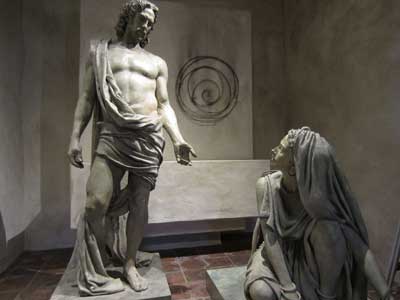

Mary of Magdala witnesses the resurrection of Jesus.


St Francis of Assisi (1182 - 1226), founder of the Franciscan Order .... and his most faithful follower St Clare of Assisi (1194 - 1253), founder of the Order of Poor Ladies (or the Poor Clares)

The altar

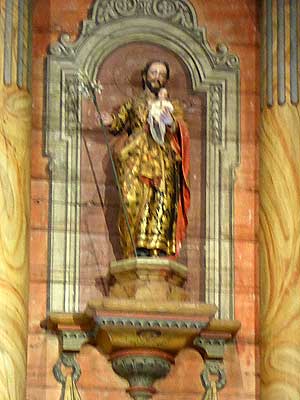

A small side chapel

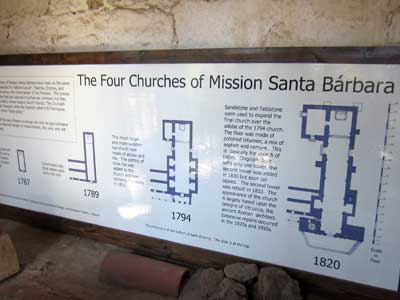
.... The church in 1787, 1789, 1794 and 1820

The museum was packed full of information and artifacts.


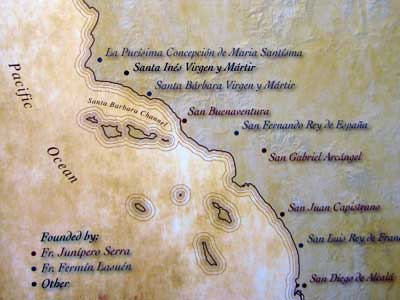
A timeline .... map of the southern missions



The front of the church in 1888, with these original statues of Hope, Saint Barbara and Charity

Nuestra Senora de Guadalupe bell (Our Lady of Guadalupe) bell from 1836, weighing 223 pounds. The photos behind it were its view from the tower.... apparently to make it feel at home.
Back then, it was common for bells to be given names. A previous bell from 1831 was named Maria de La Paz bell. In 1905, Edward Vail arranged for the return of four bells which had been taken from the mission. They were the Ava Maria bell (1797), Santisima Trinidad bell (1797), San Antonio bell (1836) and this one, the Nuestra Senora de Guadalupe bell. In gratitude, the bells were given the additional names of his daughters: Mariam, Elizabeth, Catherine (from the cemetery!) and Jane.
Bells often travelled a lot, being relocated between towers, loaned to other missions, and even sold. This mission had anywhere from 2 to 10 bells. Their origins and travels were often not well documented. The current bells were cast in Mexico, Boston and Peru, and some were recast in San Francisco and the Netherlands.


Christ Child (Santo Nino) from mid 1700's Mexico .... A statue of St. Michael slaying a dragon

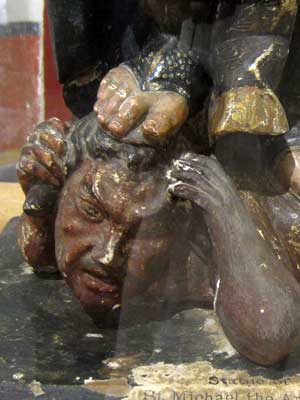
A close up of Michael ... and the very human-looking dragon


The rooms were as interesting to look at as the exhibits!



Most of the cooking took place in a communal kitchen, although many Chumash still cooked at their homes.



This painting of Saint Bonaventure (1221 - 1274), probably made in Mexico in the 1700s, has been in the mission since at least 1854. ... A painting of Saint Anthony (1195 - 1231) holding the baby Jesus. Again the source and age are unknown. It didn't appear in the mission inventory until 1858.
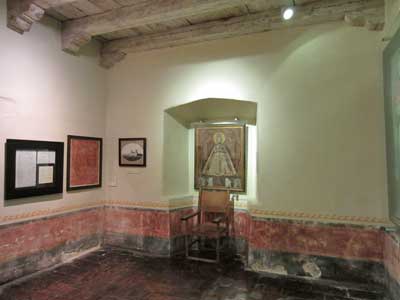

The history and artist of this Madonna painting remain unknown.


View of the mission from the east, circa 1880. To the left are the remnants of a Chumash pueblo that was once home to nearly 1,800 people.
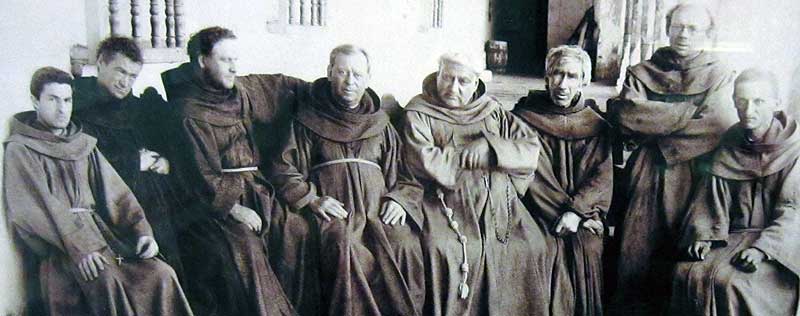
1882, friars in the front corridor: Fathers Francisco Arbondin (who moved to Guatemala), Bonaventure Fox (from Ireland), Joseph Jeremias O'Keefe (also from Ireland, taught Latin, Greek and math), Father Superior Jose Maria Romo (served as first Guardian of the mission from 1874-5), Father Francisco Sanchez (from Spain), Brothers Anthony Gallagher (from Ireland, became a Franciscan at 51 years of age and spent the next 35 years cooking for the friars and students), Joseph O'Malley (came from Ireland as a gold miner), and Dominic Reid (a teacher, both here and at an orphanage).
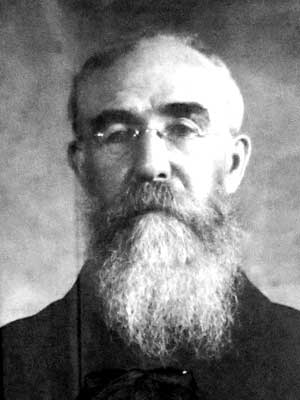
Father Zephyrin Engelhardt, around 1920. He was one of the most important historians of mission life in California, publishing many books. Born in Germany, he spent much of his life here. He died in 1934 and is buried in the friars' vault in the mausoleum.

Damage from the 1925 earthquake, with a magnitutude of 6.8
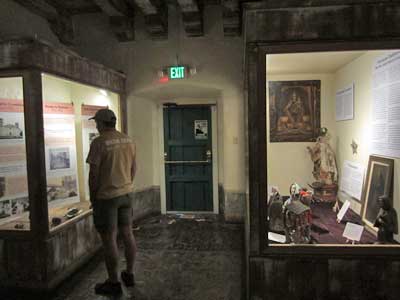
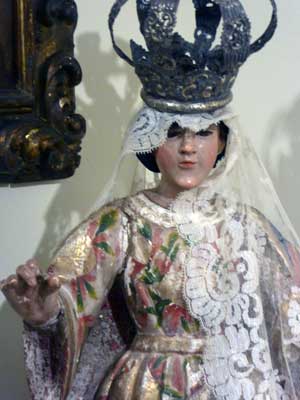
Items relating to Mary

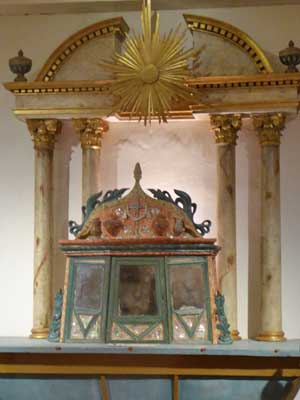
Various museum treasures

Antiphonal (song or hymn book), circa 1770 - 85
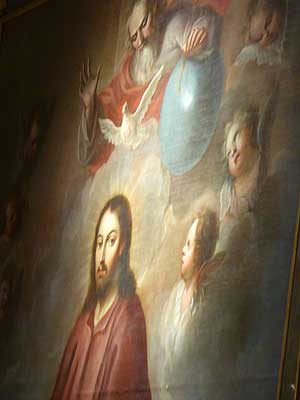
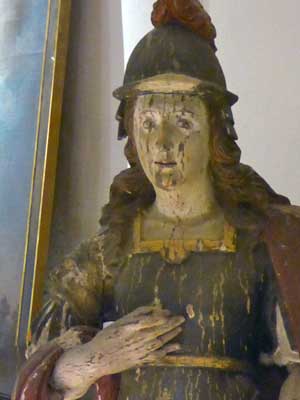
As we left the mission, we stopped for a quick view of the front.
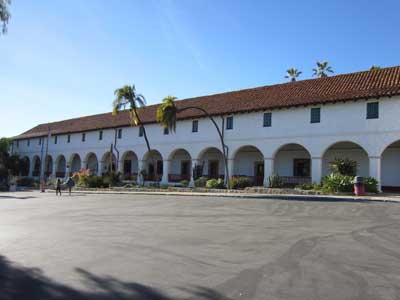

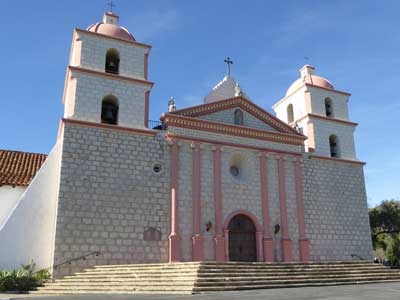
Originally built with one tower, the second tower was added in 1831. Six bells hang within the towers.




Saint Barbara .... One of the bells
return • continue

